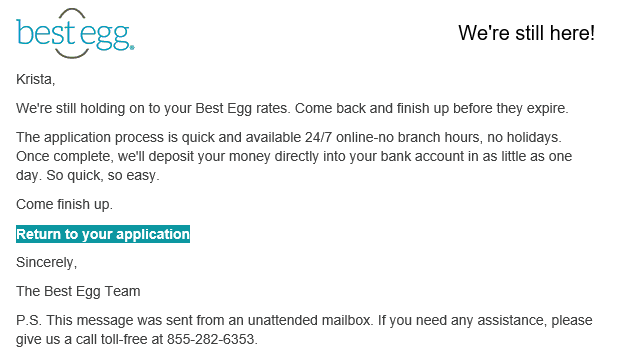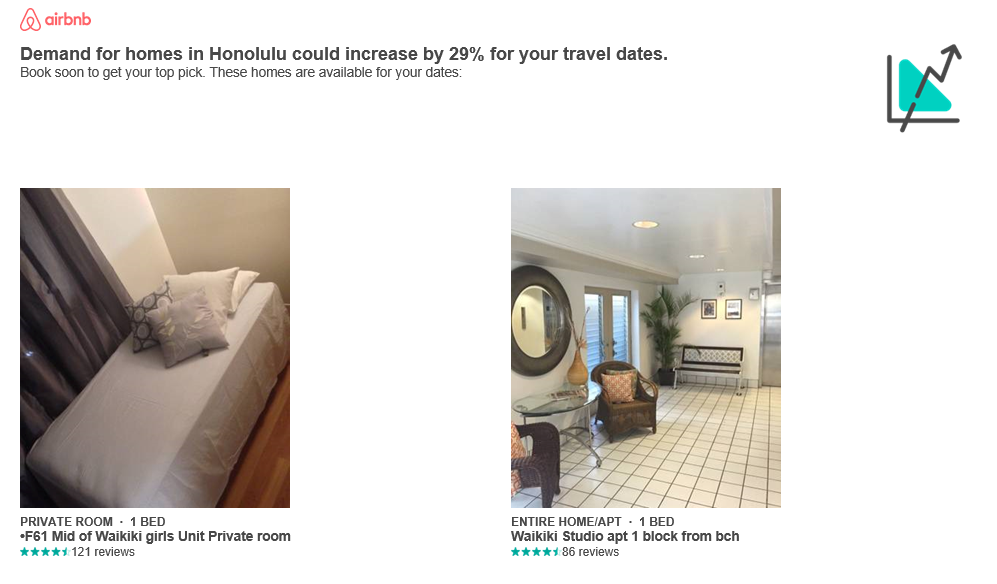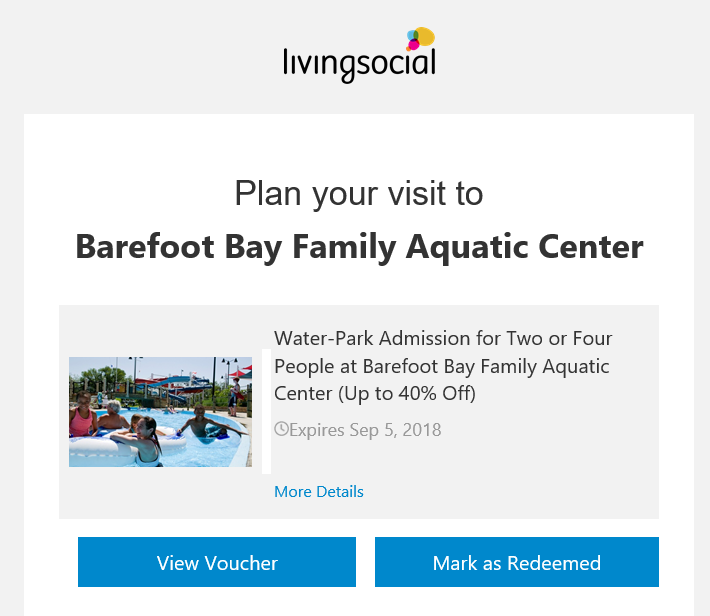
Email marketing is becoming more difficult to do. Social media marketing, video marketing, and content marketing are competing with email to capture attention. But, for most digital marketers, email is still the bread and butter of their online business. That said, those who adapt to a more modern behavior based email marketing strategy will separate themselves from the competition.
Improve Your Marketing – Behavioral Email Examples
Are you still email marketing the old way? You narrow down your focus to a product you want to showcase and push that out to everyone on your list? FAIL. Sorry, Charlie, it just doesn’t work that way anymore. Your open, click, and conversion rates will all suffer if this is your current email marketing strategy.
It’s time to start doing something different. It’s time to adopt more modern marketing strategies.
You need a better way to communicate relevant content with your customers to gain more sales. This is why behavioral email marketing was born to improve personalized emails. It’s a way to send targeted emails to your recipients based on their actions. These are emails generated based on the actions of the user, not by the marketer. That is the gist of behavior-based email marketing.
Give your customers what they want and they’ll start opening your emails more. Tune into their behaviors and create marketing automation around those actions. That means stop trying to promote things that your customers don’t want. Instead, start listening to what your customers do want and give them that. And how do you know what they are interested in? Keep reading…
Gaining an Advantage with Behavioral Tracking
One of the best answers is website tracking. Tracking the behavior of your website visitors is liking gaining a mind-reading superpower. You will get inside information on what piques their interest. As a marketer, you can use this information to strengthen your email campaign performance with behavioral email personalization.
Behavioral Tracking Gives You More To Work With.
Once you start tracking your users you will have a lot more information about them. For example, you will know which pages they have visited, when they visited, how long they stayed, and how frequently they went to those pages. You will also be able to keep tabs on past purchases.
10 Things You Can (and Should) Start Tracking For Behavior-Based Email Marketing
- Website activity
- Join date
- Location of user
- Email engagement
- Social media activity
- Form submissions
- Conversion information
- Page flow
- App activity
- Purchase history
Benefits of Tracking User Website Activity
Tracking your users’ website activity and gathering information about them offers many advantages. One of them is helping your sales team to make sales if yours is a B2B business. You can monitor how many times a customer has viewed a specific product or service. If the user has viewed it more than 3 times, then they are likely in the buying decision phase and not just the browsing phase. Acting at that time gives your sales team a better opportunity to close a deal.
However, also keep in mind that not all actions created on your site are performed by humans, and not all the data you collect is going to be legit. Therefore, it’s recommended that you have a layer of security on your site and vet your leads with an email validator tool. This way you don’t let garbage data in the front door.
4 Web Actions That Are Worthy Enough to Trigger a Behavioral Targeting Email
Once you’ve started collecting visitor data from your ecommerce platform or website, it’s time to put that information to use in your email marketing by creating more engaging emails. A good engagement email has three main components. It is timely, personal, and action-based (or triggered). According to the numbers, 39% of digital marketers claim that automatically sending emails based on behavior is most effective. Not all things tracked are going to be important enough to justify sending an email, but, once you put some rules in place, you are going to be able to start automatically speaking to what your customer’s heart desires. The following actions are usually worthy of a triggered email in response:
-
Abandoned Cart
The customer clearly likes a product you offer enough to add it to their cart, but they did not complete the checkout procedure. Perhaps they plan to shop later, or they were interrupted during their shopping process. Send a triggered email showcasing the product they did not yet buy.
-
Email Engagement
Perhaps they clicked on a product image inside your email to view more information on it. However, that did not excite them enough to make a purchase. Send them an email about that product with a comparison to a similar product you offer. When you provide your customer with more information and choices, they are likely to feel more confident about making a purchase decision.
-
Upgrading a Service Plan
If your business model offers a basic free plan with a few upgrade options, you might want to find out why your user has not upgraded. Send an email to someone with a free account who has recently viewed the pricing page, and make a limited-time offer to upgrade at a discounted rate.
-
Search Terms on Your Site
Think about how users search your site to determine if you have other triggered emails you could set up. Consider a travel company, for example. If a user recently searched for a flight, but did not book the travel company could send a follow-up email a day or two later with a subject line like, “Still planning that get-away to San Francisco?”
Real World Behavioral Email Examples of Action-Based Emails
To give you a better understanding of what behavioral-based targeting looks like I turned to my personal email inbox. I found lots of examples so I’m just going to start by sharing a few.
1. Best Egg
A low-interest personal loan provider automatically sends out a follow-up if you did not complete the application process. This reminds customers to complete their application.
2. Airbnb
Airbnb uses your search terms to send you a follow-up email with facts and figures to create urgency. They also send you some options in the email so you can click on the option that is most appealing. I received this email after searching for places to stay in Honolulu and they made a few suggestions for me.
3. LivingSocial – This daily deal site sent me a behavioral targeting email based on a recent purchase I made by sending a coupon for the water. Including an expiration date gives the coupon a sense of urgency.
Once you understand behavioral targeting, start figuring out how it can work for your business. Think about the various parts of your sales cycle and see how an automated targeted email could help your buyer navigate the buying process.
Use iPost to Target, Optimize and Deliver Your Behavioral Email
Behavioral targeting is easy when you use iPost. iPost offers a simple drag-and-drop solution to create custom audiences via segmentation for personalization that can drive results. Tracking behaviors are built-in and allow you to segment emails based on previous actions to create fine-tuned segments. You can narrow down your user base to target the most qualified audiences.
And segmentation matters. According to the numbers, segmented email campaigns get 14.31% more opens and 100.95% more clicks than non-segmented email campaigns. It’s time to optimize your emails and start putting what your customer wants directly into their inbox.
Krista Barrack is a product specialist with XVerify helping clients improve inbox deliverability through email verification and best practices.








